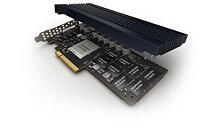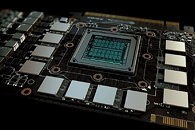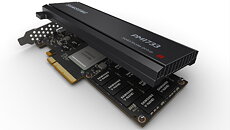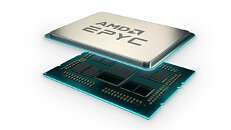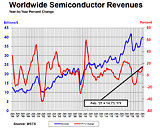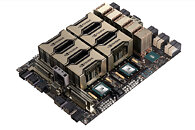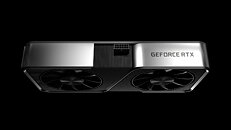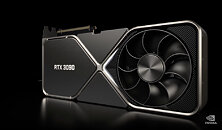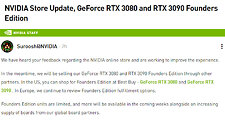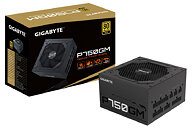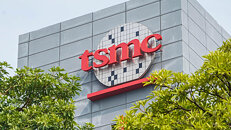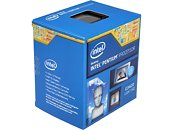
Phanteks Previews Robotic-Looking Evolv Shift XT Case, Compact PSUs, and White Edition Products
Phanteks debuts a host of new products for the upcoming year at CES 2022 - The brand new Evolv Shift XT Mini-ITX Chassis and Revolt SFX Power Supplies, Matte White Editions for the Evolv X & Eclipse P600S Chassis, white SK PWM D-RGB Fans, white AMP Power Supply and a complete range of Gen4 PCIe Riser Cables and Gen4 Vertical GPU Bracket.
Brand new and unique Evolv Shift XT Mini-ITX Chassis and super compact Revolt SFX Power Supplies
Evolv Shift XT - Compact, Powerful, Futureproof
The Evolv Shift XT brings a unique small form factor that can extend in size to tailor to your cooling performance needs. The Evolv Shift XT has no compromise on performance with support for powerful hardware, whether in Compact, Aircooled, or Liquid Cooled Mode.
Brand new and unique Evolv Shift XT Mini-ITX Chassis and super compact Revolt SFX Power Supplies
Evolv Shift XT - Compact, Powerful, Futureproof
The Evolv Shift XT brings a unique small form factor that can extend in size to tailor to your cooling performance needs. The Evolv Shift XT has no compromise on performance with support for powerful hardware, whether in Compact, Aircooled, or Liquid Cooled Mode.











